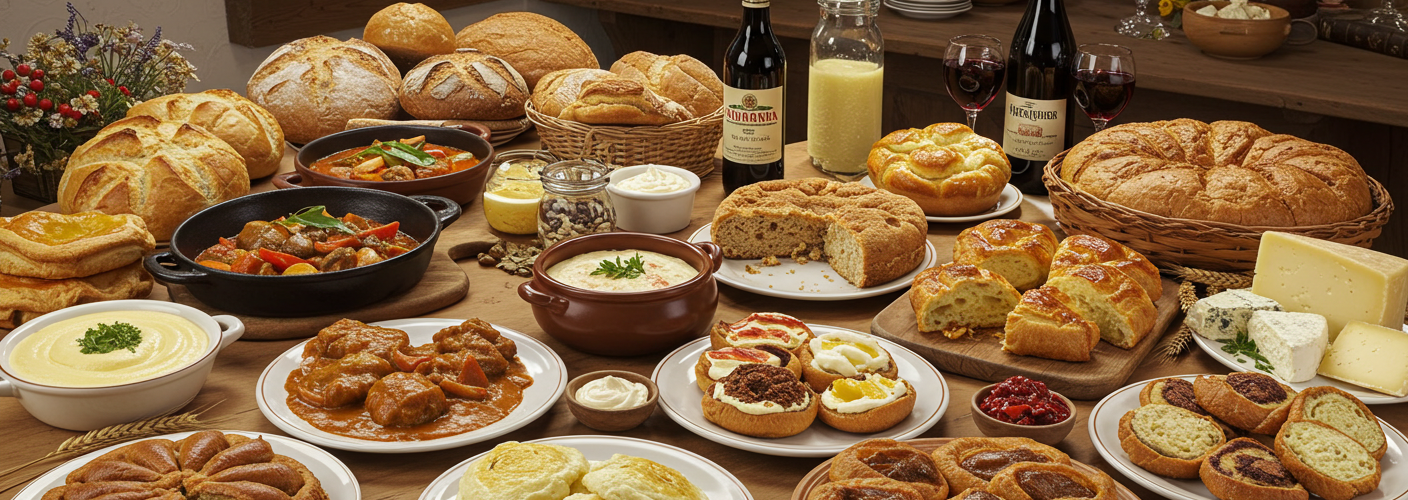When it comes to culinary traditions, Austria offers a delightful spectrum of flavors that reflect its rich cultural heritage. Nestled in the heart of Europe, Austrian food is a testament to the country’s history, with influences from neighboring countries like Hungary, Italy, and Germany. This article will explore some of the quintessential dishes and unique ingredients that make Austrian cuisine a delightful experience.
One cannot talk about Austrian food without mentioning its famed Wiener Schnitzel. This iconic dish consists of a breaded and fried veal cutlet, traditionally served with a slice of lemon and accompanied by potato salad or parsley potatoes. The key to a perfect Wiener Schnitzel lies in the technique: the meat is pounded thin, coated in flour, then eggs, and finally breadcrumbs before being fried to golden perfection. Its crispy exterior and tender interior are a testament to Austrian culinary mastery.
Another beloved dish is Tafelspitz, which is essentially boiled beef served with root vegetables and a flavorful broth. This traditional meal has been a staple in Austrian households for generations, often enjoyed with sides like apple horseradish and chive sauce. Tafelspitz is not only hearty but also reflects the Austrian appreciation for using every part of the animal and crafting meals that are both nourishing and satisfying.
No discussion of Austrian cuisine would be complete without mentioning Apfelstrudel. This sweet pastry, filled with spiced apples, raisins, and cinnamon, is a delightful way to end a meal. The process of making strudel is as much about skill as it is about flavor; the dough is rolled out to a near-translucent thickness before being filled and baked. Served warm with a dusting of powdered sugar and a side of vanilla sauce or whipped cream, Apfelstrudel encapsulates the sweet indulgence of Austrian dessert culture.
Additionally, Austrian cuisine boasts a variety of savory pastries, like Burek and Käsekrainer, a cheese-filled sausage. Burek, originally associated with Balkan cuisine, has found its way into Austrian food culture and is often filled with meat or cheese, then baked until golden. Käsekrainer, on the other hand, is a grilled sausage that oozes melted cheese when bitten into, making it a popular street food item.
Austrian food also places a strong emphasis on seasonal and local ingredients. Many dishes are prepared using fresh vegetables from local markets and meats sourced from regional farms. This commitment to quality ingredients ensures that every meal not only supports local producers but also provides diners with flavors that are vibrant and authentic.
No visit to Austria would be complete without indulging in some of the country’s exquisite wines. The Austrian wine industry may not be as globally renowned as those of France or Italy, but it boasts a variety of distinct white and red wines, with Grüner Veltliner being the standout white variety. A glass of Austrian wine perfectly complements many traditional dishes, enhancing the overall dining experience.
In conclusion, Austrian cuisine is a treasure trove of flavors and traditions that reflects the country’s diverse cultural background. From the hearty staples of Wiener Schnitzel and Tafelspitz to the sweet perfection of Apfelstrudel, each dish tells a story. As you savor these culinary delights, you’ll not only enjoy the rich tastes but also the history and passion that make Austrian food truly special. Whether you are dining in Austria or trying your hand at making these dishes at home, the experience is sure to be memorable.




Add comment